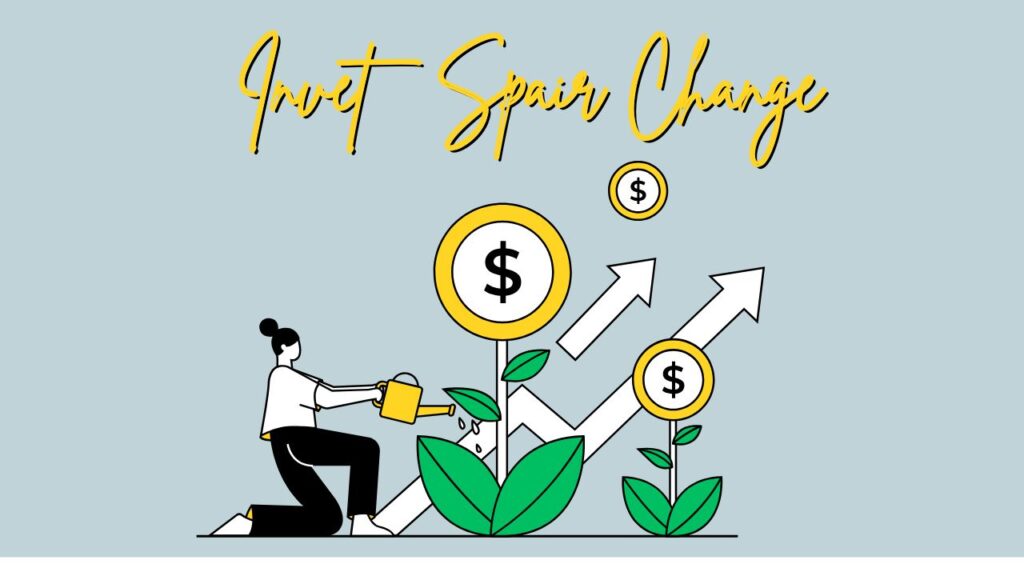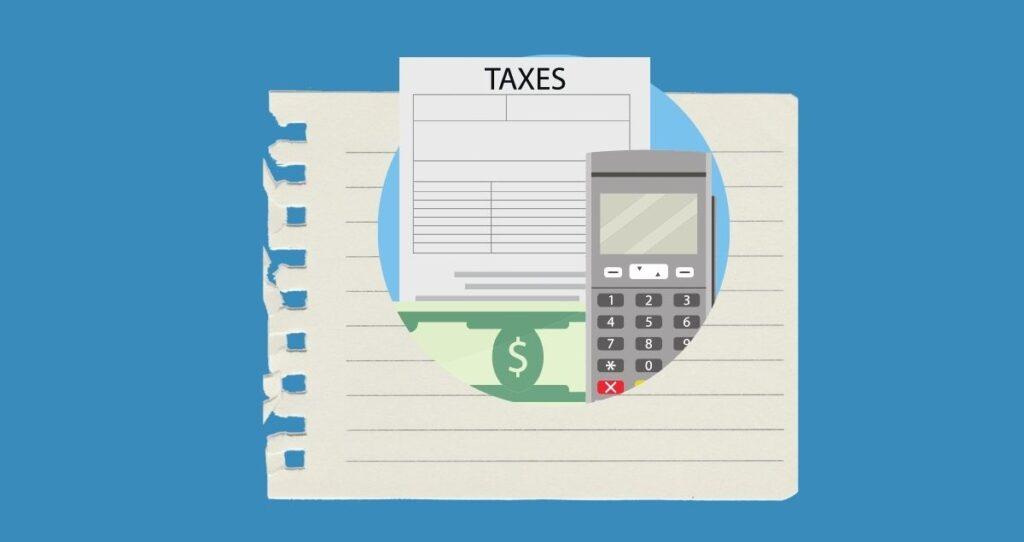Building wealth isn’t just for Wall Street professionals or the wealthy; it’s accessible to everyone. Whether you have $5 or $50 to spare, starting small can lead to significant results over time. In fact, some of the most successful investors began with modest amounts and built their portfolios over time. When you start investing with little money, it also gives you a chance to learn the market and minimize mistakes without risking too much.
If you’re wondering how to take the first step into investing without breaking the bank, you’re in the right place. This guide will walk you through 10 simple and actionable steps to get started, regardless of your budget constraints.
Without further ado, let’s walk you through the 10 steps to start investing when you don’t have a lot of money to invest.
1. Set clear goals
Define your purpose for investing before investing the first dollar. Having little money to invest means every dollar you have needs to count, and it must be invested where it will benefit you the most. Ask yourself: Are you saving for retirement, a specific purchase, or just building long-term wealth? Knowing your “why” helps you stay focused, choose the right investments, and the right plans.
Here are examples of how financial goals dictate different investment options and the types of accounts you open.
- Short-term goals (1–3 years). Focus on safer investments, such as high-yield savings accounts, CD investing, or bonds.
- Long-term goals (5+ years). Pick stocks or index funds for higher growth potential.
- Saving for college. Open a 529 college savings plan
- Retirement savings. Focus on employer-sponsored plans, such as 401(k) and 403(b) plans, as well as Individual Retirement Accounts (IRAs).
2. Treat the amount you want to invest as a mandatory expense in your budget
When you have little money to invest, it can be challenging to stay consistent, as it is easier to forget or spend all the money. That is why you must treat the portion of your income you want to invest as a mandatory expense in your budget. For example, if you can only afford to invest $50 per month, write down this amount as a mandatory expense in your expenses column of the budget. This prevents you from forgetting to save the money or simply overspending.
You can also lower your expenses to help you save more money to invest, especially when living paycheck to paycheck. Start by analyzing your income and expenses to identify areas where you can reduce spending. Even small changes, like making coffee at home or cooking meals, can free up extra cash. Utilize tools like budgeting apps (e.g., Mint, You Need a Budget) to track your spending effectively. Commit to investing even a small, fixed amount—say $20—monthly. Check out this detailed guide on how to budget your paycheck each month to lower expenses and increase your savings.
You might also be interested in learning these eight things to do before you start investing.
3. Build an emergency fund.
Before you start investing, you need to build an emergency fund. The money in your fund is used to cover unexpected emergencies such as expensive medical bills, a job loss, or sudden high-cost car repairs. The fund also prevents you from liquidating your investments at a loss during emergencies.
So, before diving into investing, establish a safety net, especially when you have limited funds to invest. Deposit small amounts into a high-yield savings account until you’ve saved 3–6 months of living expenses.
Read more on tips to save for an emergency fund and the best accounts to hold your funds.
4. Pay off high-interest debt before investing.
When it comes to investing, return on investment(ROI) is what you are targeting. ROI is the difference between how you have invested and the value of the investment at the time of sale. The goal is to maximize return on investment (ROI) while minimizing risk. Deciding between paying off debt and investing is also critical for maximizing return on investment. If the interest you are paying on debt is higher than the expected return from investing the money, then paying off debt first will be a wise financial decision.
This is why you must focus on paying off high-interest debts, such as credit card balances, first. The amount you save in interest by eliminating debt likely outweighs investment returns in the short term. For example, as of April 2025, the average credit card APRs are 22.59% for new offers and 21.37% for existing accounts, according to WalletHub.
On the other hand, the average return on investment for stocks is bout 10%, according to NerdWallet. This return is based on the S&P 500 index average return for the last century. You can see that if you choose to invest money instead of paying off high-interest debt, such as a credit card balance, you will lose approximately 12% per year in interest. That is why paying off high-interest debt first is an excellent investment step when you have little money to invest.
5. Start small and automate your investments.
Not having enough money to invest does not mean you cannot invest at all. Many people think they need thousands of dollars to start investing. This is far from the truth. You can start investing with as little as $10!
Many platforms now allow you to invest with as little as $5. You might be wondering what kind of investments you can buy with just $5? With $5, you can buy a few shares of stock. If the shares you want to buy are higher than $5, you might have the option to buy fractional shares.
When investing with no money, it is also crucial to rely on automation by setting up recurring transfers into your brokerage account to build the habit and stay consistent. This is sometimes referred to as “paying yourself first.”
6. Take advantage of employer retirement plans.
There is no better way to start investing with limited funds than by taking advantage of employer-sponsored plans. Retirement accounts come with superb tax advantages that allow your small amount of money to go far and maximize your return on investment (ROI). For example, if you have a pre-tax 401(k), you grow your wealth at a tax-deferred basis and only pay taxes on retirement distributions during retirement.
That means a few dollars you contribute to the plan grow without worrying about taxes until retirement. That is how you maximize your return on investment (ROI).
If your workplace offers a 401(k) plan with matching contributions, this is an excellent place to start. Contribute enough to get the full employer match—it’s free money! Some plans allow contributions as low as 1% of your paycheck. That means if you make $1,000 per month, you can contribute as little as $10 in your plan.
7. Open a brokerage account
Opening a brokerage account is another way to start investing with a small amount of money. Unlike 401(k) plans, where a third party manages the plan, you need a brokerage account to start investing when planning to manage your investments, regardless of whether you have little money or a ton of money to invest. The brokerage account enables you to buy and sell various investments, including stocks, ETFs, Mutual Funds, Bonds, and REITs.
When opening a Brokerage account, opt for beginner-friendly platforms. You can always switch companies later.
Here are a few tips to consider when opening a brokerage account for the first time, along with key things to look for.
- Zero Fees. Look for platforms with no account or trading fees. Most brokerage firms allow you to buy and sell stocks commission-free.
- Fractional Shares. Since you will have little money to invest, ensure they allow you to purchase partial shares of expensive stocks. For example, you might not have $500 to buy one share of MasterCard, but with $100, you can buy 1/5 of the share.
- Mobile Accessibility: Apps like Robinhood, SoFi, or Fidelity are easy to use.
Here is a comprehensive guide to opening a brokerage account, along with the best places to open one.
8. Pick beginner-friendly investments
Investing comes with numerous risks, including the potential loss of your capital. That is why, as a beginner investor with little money to invest, you cannot afford to take on too many risks. You must focus on risk management and treasure every dollar you invest to ensure your account can indeed grow.
Focus on diversification and risk management rather than chasing high returns. Always avoid high-risk investments, such as penny stocks and cryptocurrencies. You should also avoid risky investment options such as day trading, futures, and option trading. Your job is to preserve the little money you invest and take advantage of compounding interest.
Here are a few tips to manage your investments and minimize risks.
- Buy Index Funds/ETFs. These track the performance of the entire stock market or specific sectors, spreading risk across many companies. In other words, you get instant diversification when you buy these funds, as each one can hold hundreds of companies.
- Fractional Shares. Buy portions of companies if you have little money to invest. For example, if you want to invest in Apple but don’t have hundreds of dollars, you can buy fractions of its shares every time you have a few dollars to invest.
- Consider a Robo-Advisor. If you don’t know how to invest money, let algorithms, a.k.a. Robo-advisors, manage your investments for a small fee. Examples of the best Robo-advisors include Betterment or Wealthfront.
9. Educate yourself
Continuous education is probably the most effective strategy when you are new to investing with no money, as it allows you to maximize your return on investment by avoiding certain risks. You need to learn the basics of investing when you have little money to invest, before you have thousands of dollars to invest. Learning when you don’t have much allows you to understand markets, what to do and what not to do, the best investments to buy, and develop a winning investment strategy.
In other words, it is always a good idea to focus on learning how to invest rather than throwing money in the market, hoping it will grow. For example, you could use the first $10 you want to invest in an excellent investment book instead of buying stock or putting it into a savings account.
Learning the basics empowers you to make better investment decisions. Resources like Investopedia, YouTube channels focusing on investing, or beginner-friendly books (e.g., The Simple Path to Wealth by J.L. Collins) can help you understand investing strategies. Another excellent book for beginners interested in investing is The Psychology of Money by Morgan Housel.
10. Monitor your investments
You need to know whether you are making money or losing investment. That is why, as an investor, you should track your investments at least quarterly to ensure they align with your goals. However, avoid checking too frequently to prevent emotional decisions based on short-term market changes, especially during bear markets.
Bonus tips to start investing with little money
Having little money to invest means you need to take advantage of free money and different investment strategies at your disposal. For example, I mentioned that contributing to your employer plans allows you to maximize return on investment through tax savings and employer match.
But this is not the only strategy to boost your investments. The following are two additional tips to accelerate your wealth growth when you have limited funds to invest.
- Use round-up apps. Use apps like Acorns, which round up your purchases and invest the spare change.
- Consider dollar-cost averaging. Invest small, regular amounts over time to reduce the impact of market volatility.
- Stay consistent. The time in the market is better than trying to time the market. You need to invest regularly, rather than waiting for the market to drop before you can start buying.
Always stick to one investment strategy and invest for the long term to take advantage of compound interest. Even if you don’t have enough money to invest, starting is what matters. The best time to start investing was yesterday. The next best time is today.








